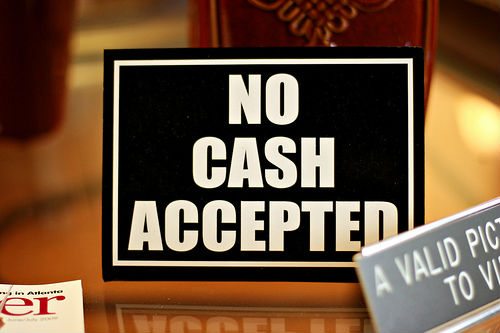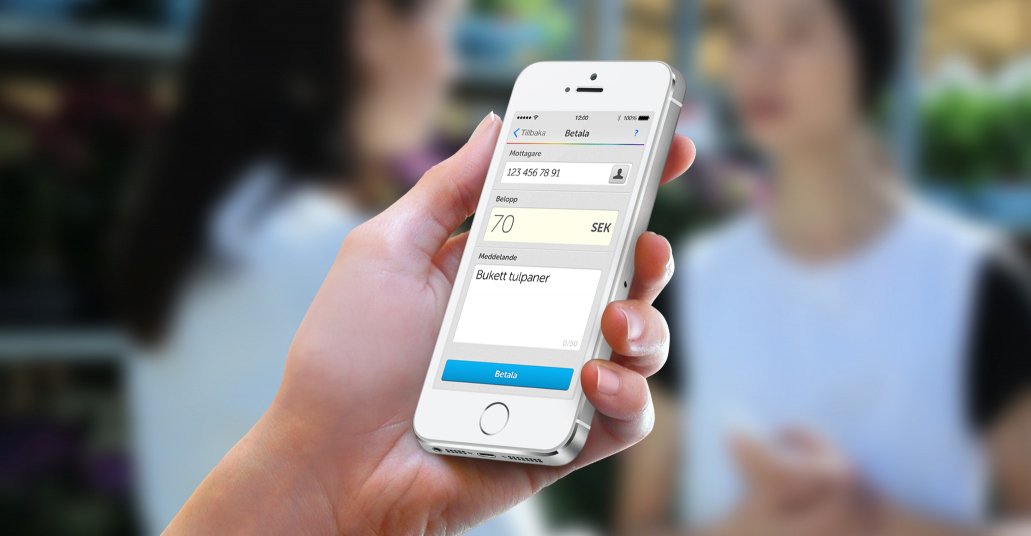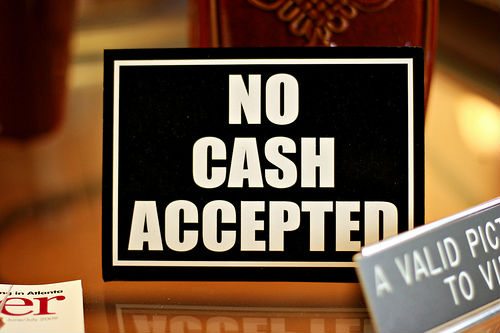
The world as a whole is slowly moving towards being completely cashless. However, there are still those small transactions that require a little paper currency. Where other countries might dream about a cash-free society, Sweden might be the first to make it a reality.
Sweden is already thought of by many as the most cashless country in the world. According to Sweden’s central bank, Riksbank, a whopping 85 percent of the country has access to online banking. More Swedes have access to making a payment via a card than with cash.
Year after year, the circulation of coins and notes in Sweden drops as its people make fewer withdrawals and more digital payments. Only two percent of the total value of transactions performed in Sweden are made with cash, and that number is expected to continue to decline. Some predict it to be as low as half a percent by 2020.
Eventually, Sweden could reach a situation in which its fiat currency is no longer an effective method to perform transactions. If this turns out to be the case, it would be in a situation in which no country has ever been in before.
How Did We Get Here?
It’s no secret that Sweden is quickly moving to become the world’s first cashless country, but how did they get to this point? Of course, technology played a large part, but there are other contributing factors as well.
Swish

Perhaps the single largest contributing factor is the explosive growth of a mobile application called Swish. This app gives Swedes the ability to receive or make payments via their mobile device. Users connect their bank account to their mobile number and have their money right at their fingertips.
Swish launched in 2012 and has been adding users at an exponential rate. The app now boasts over 6 million users, which is more than 60% of the population of Sweden. In December of 2017, there were 24 million private payments performed through the Swish app. It’s fair to say the app is a favorite among Swedes.
The app is particularly handy when needing to split a bill. For instance, when friends are eating at a restaurant, everyone can send their share to one person, who then pays for the meal. It only takes a few seconds and doesn’t require the use of cash or the headache of asking the waitstaff to split it up for you.
Swish is easy to use and make sending and receiving money simple. It’s so ubiquitous in Sweden, that it has become a verb. Much like someone will say “You should Google that,” Swedes simply say, “Just Swish it to me.”
Lack of Retailer Support
Another reason for the rise in cashless transactions is that retailers simply aren’t supporting it anymore. While technically they are required by Swedish law to accept the Krona, there are a few loopholes in legislation that provide exemptions. With technology moving to where it has, it’s possible to live in a major city like Stockholm and never need to use cash.
The majority of restaurants, shops, and banks in Sweden don’t mess with cash since their consumers don’t use it. Many retailers throughout the country have gone so far as to put up signs that let customers know they don’t accept cash payments.
Additionally, 97 percent of Swedes have access to a card, which makes it the most widely used method of payment. Combined with the fact that less than 20 percent of payments are made in cash, it’s easy to see why more than half the population of Sweden believe it makes sense to convert to a completely cashless society.











Leave A Comment